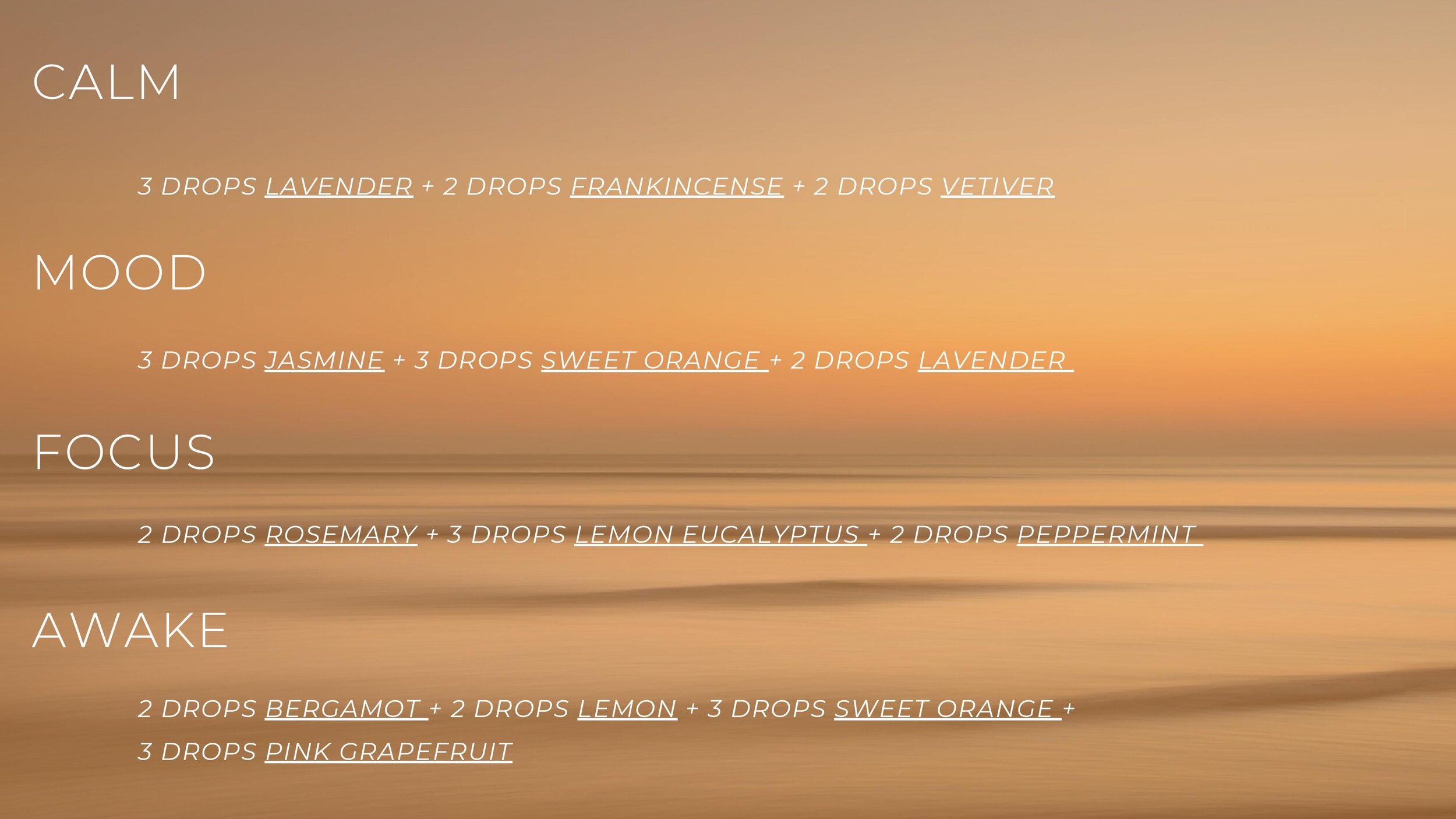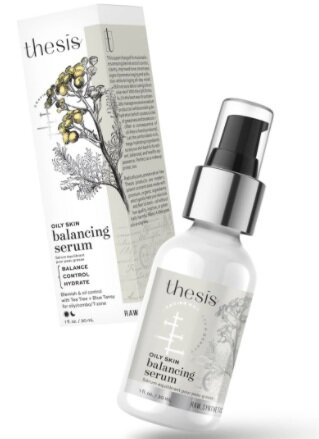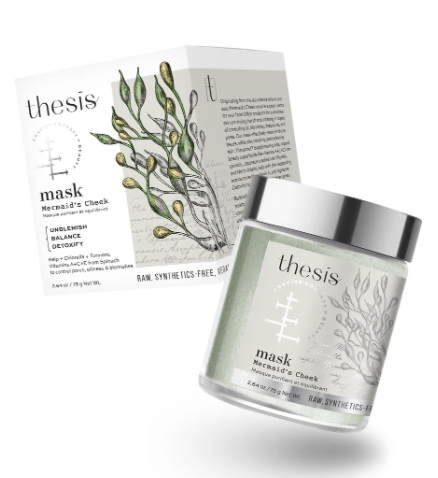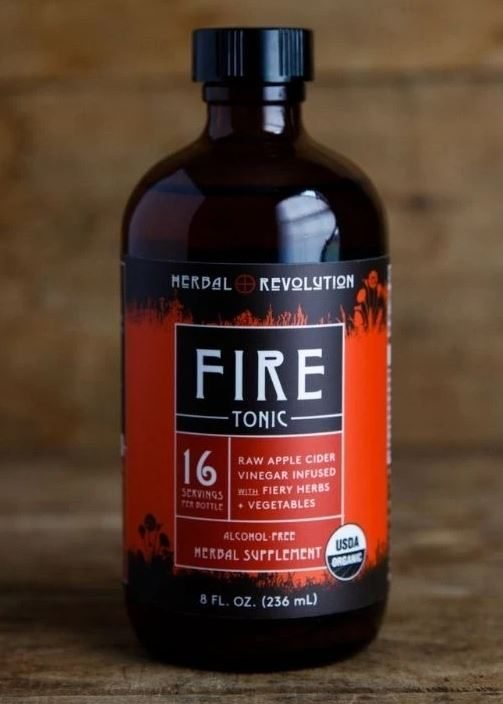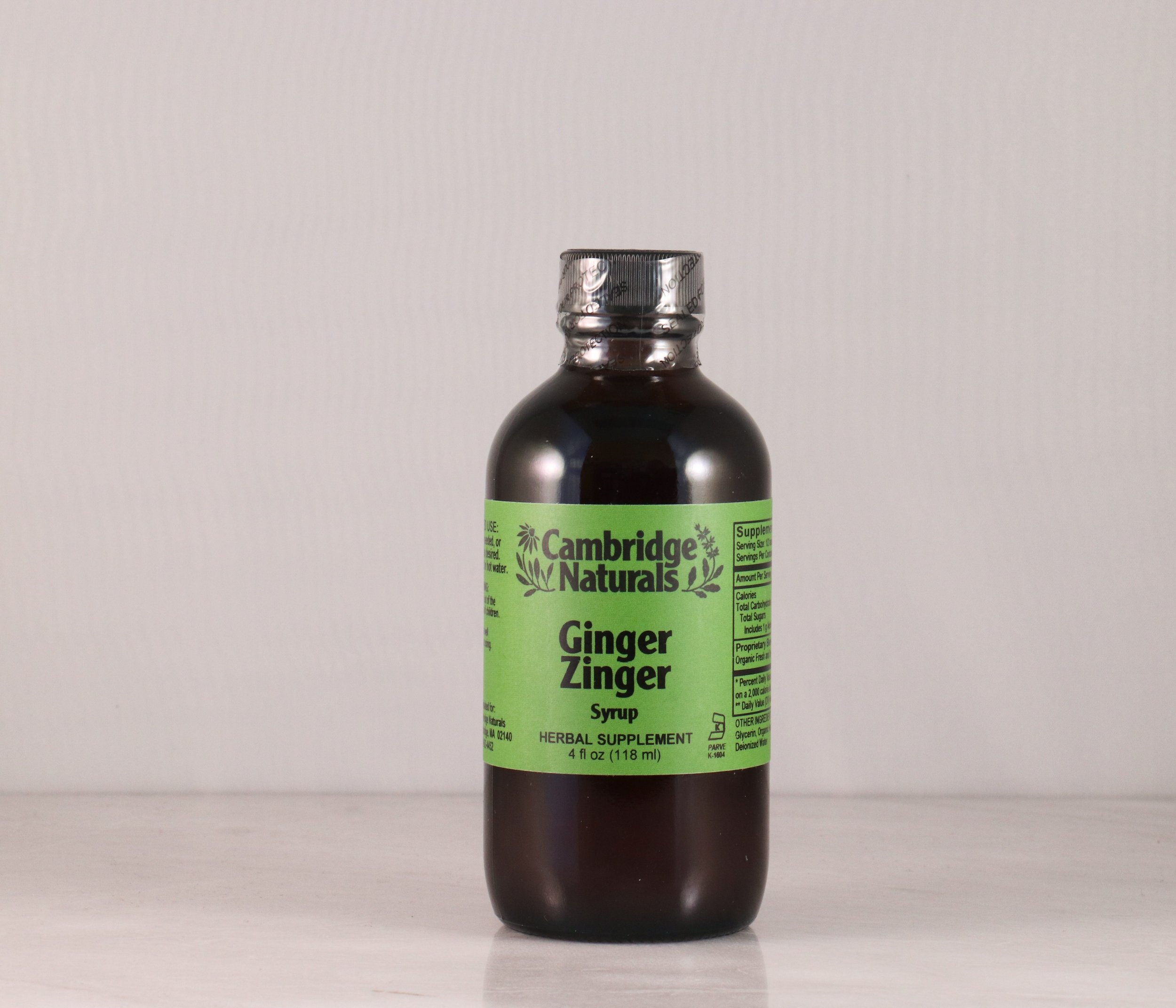If you haven’t yet tried Waku plant-based tonics, you are missing out! Courtney, CN’s Marketing Manager, recently had the pleasure of interviewing one of Waku’s founders, Nico Estrella. Read on to learn about these unique beverages!
Where did Waku begin? What was the process behind creating the first batch of Waku?
Both me and Juan were born and raised in Ecuador, a mega-diverse country in Latin America that has some of the best natural ingredients in the world, due to its fertile soil and it’s advantageous position in the middle of the world. We are long-time friends from childhood and we've started multiple e-commerce businesses in the past.
Moved by our passion for entrepreneurship, when Juan moved to Boston to do his MBA in Babson College, we started to think in our next venture that could allow us to do more to make a real difference in Ecuador. For our next startup, we decided to merge our entrepreneurship skills with a direct-sourcing business model that is allowing us to create direct economical impact in the livelihoods of independent Ecuadorian farmers.
The Waku Tonics you're about to taste are based on a recipe that has been proven and perfected through centuries of use in the Southern regions of our home country Ecuador. Locally known as "horchata lojana", it's consumed every day to support gut health. In 2017, we did a road trip through the Andes Mountains in the search of the best tasting recipe, and after trying 52 different versions of it we found the recipe for Waku. We met Miguel, a local farmer that invited us to his home and brewed his family recipe with us. After tasting it we loved it! We told Don Miguel our idea, and told him that if he was willing to share his recipe with us we could partner up with him and buy all the ingredients directly from him as his community. He happily agreed and he shared the recipe to make the first batch of Waku.
I know the Waku tonic and blend of herbs is native to the Andean region of Ecuador. Can you tell us about your first time trying "el agua que cura”?
The first time I remember drinking “horchata lojana” or “el agua que cura” was when I was 8 years old. I remember having a stomachache and my mom always used to make hot herbal teas to do help alleviate the stomachache. Normally as a kid I hated any herbal tonic because they tasted like medicine, but “horchata lojana” has a sweet taste that it was the only one I liked when I was a kid.
Can you explain the meaning behind the word "Waku”?
Waku comes from a quechua word which means “together”. We blend “together” more than 20 functional herbs to make every bottle of Waku. Also, the sense of togetherness and community is really important for us as a company. Quechua is the most widely spoken language of indigenous people from the Andes Mountains of Ecuador.
There are so many powerful herbs in Waku!! Do you have a favorite? Or one that you feel is extra special to the drink and/or the origin of Waku?
All of them are amazing! But I think two of them are extra special: red root amaranth and escancel. They are not only anti-inflammatory but also they give Waku’s unique red color when you brew them.
Lastly, what is your favorite time of day to drink Waku? Do you have a favorite flavor?
I always drink one bottle of Waku with my lunch to help me digest better and prevent inflammation in the afternoon. I love all the flavors but my favorite one is the Ginger Lemongrass. Passion Fruit is a close second as Passion Fruit is my favorite fruit ever.









